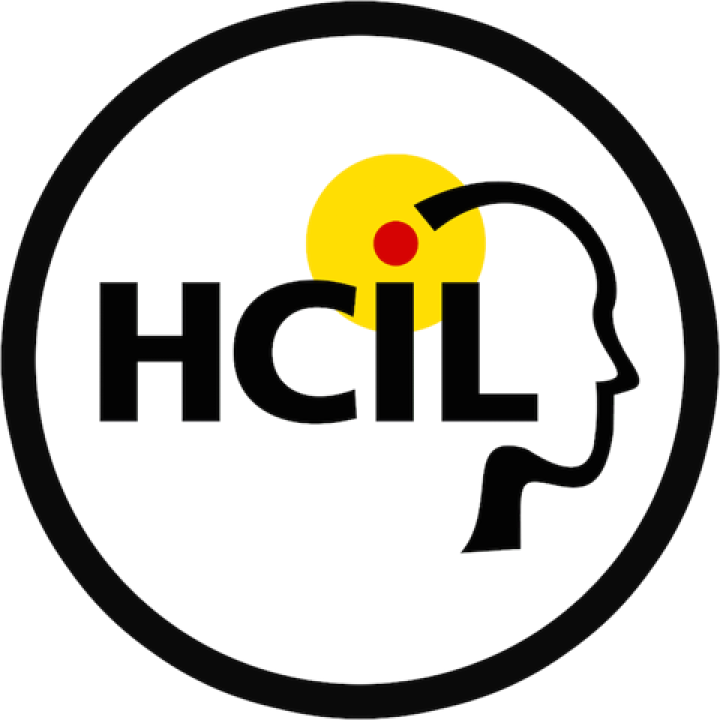HCIL Researchers Receive IEEE VIS Test of Time Award
A trio of visualization and software experts affiliated with University of Maryland’s Human-Computer Interaction Lab (HCIL) are being honored at VIS2022 for an academic paper they co-authored 20 years ago.
Catherine Plaisant, Jesse Grosjean and Ben Bederson will be recognized with the IEEE VIS Test of Time Award on October 18 for their work on zoomable tree browsers, a novel way of representing and rapidly navigating information organized hierarchically, such as organizational charts.
The prestigious award recognizes papers published at previous conferences that are still vibrant and useful today, and have had a major impact within and beyond the visualization community.
Plaisant is a senior research scientist emerita at the University of Maryland Institute for Advanced Computer Studies (UMIACS); Bederson is a professor emeritus in computer science and UMIACS; while Grosjean was a faculty research assistant at HCIL and currently runs a software company in Maine.
In 2002, the trio authored “SpaceTree: Supporting Exploration in Large Node Link Tree Design Evolution and Empirical Evaluation.” The paper represents foundational work that underlies a novel node-link tree browser, and has been cited more than 500 times.
In recognizing the impact of their work, the IEEE VIS awards committee wrote: “This paper introduced an interactive tree exploration technique that has been highly influential on later techniques and widely applied in different application areas, from biology to document visualization. Implementations of techniques inspired by SpaceTree are found in popular visualization toolkits, such as D3. The semantic zoom design is an interesting precursor to ‘scented widgets’ which are found in many modern user interfaces.”
“Arguably this highly cited paper was more rigorous and innovative in its approach compared to its contemporaries and was likely a trailblazer for a more ‘modern’ style of VIS paper,” continued the committee. “It included a rigorous empirical study which was relatively rare for InfoVis papers at the time. Furthermore, it included greater discussion and reflection on the design process compared to contemporary and earlier papers that tended to focus on just the result.”
—Story by UMIACS communications group
About HCIL: Established in 1983, the Human-Computer Interaction Lab has a long, rich history of transforming the experience that people have with new technologies. The lab is supported by the College of Information Studies (iSchool) and by UMIACS.
The Department welcomes comments, suggestions and corrections. Send email to editor [-at-] cs [dot] umd [dot] edu.
